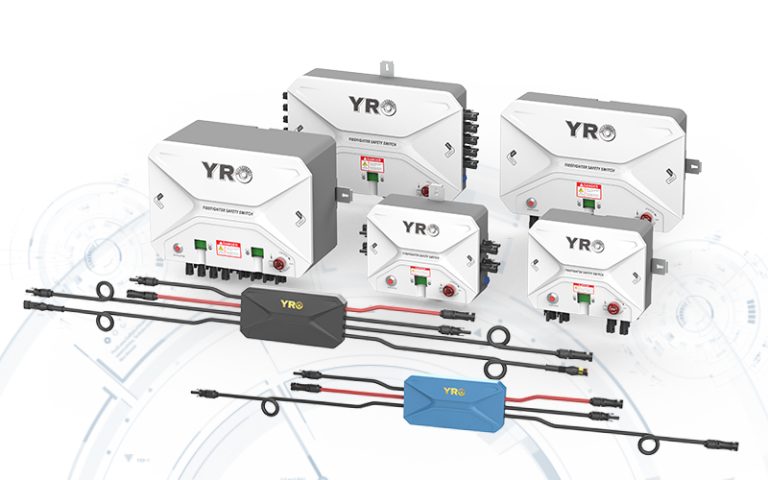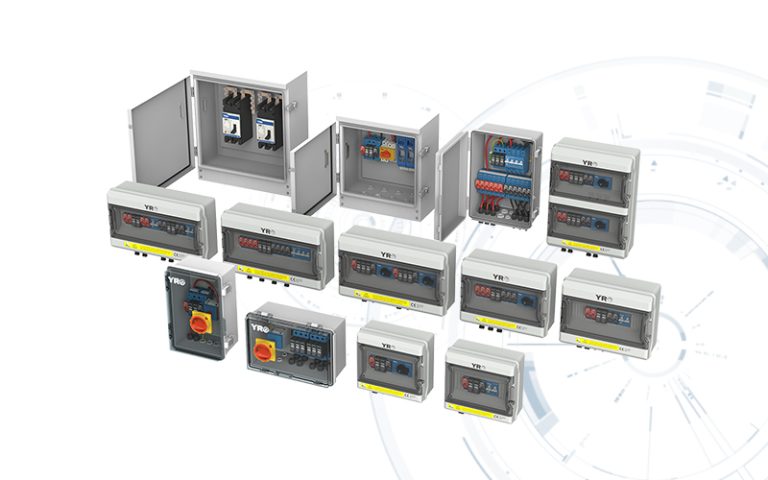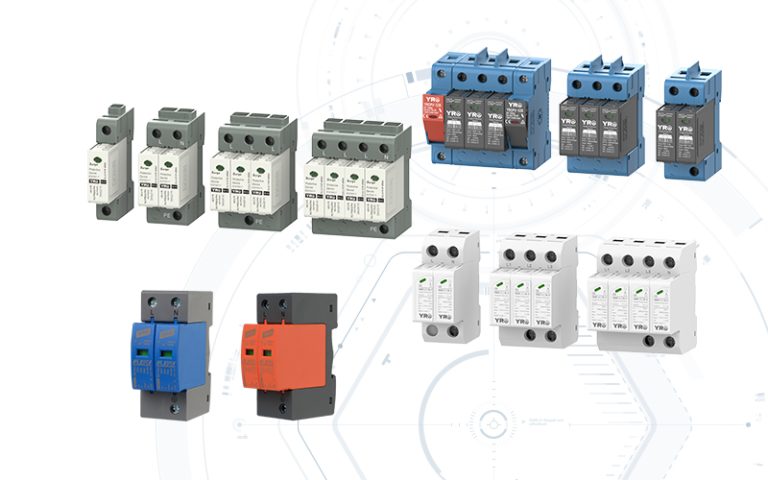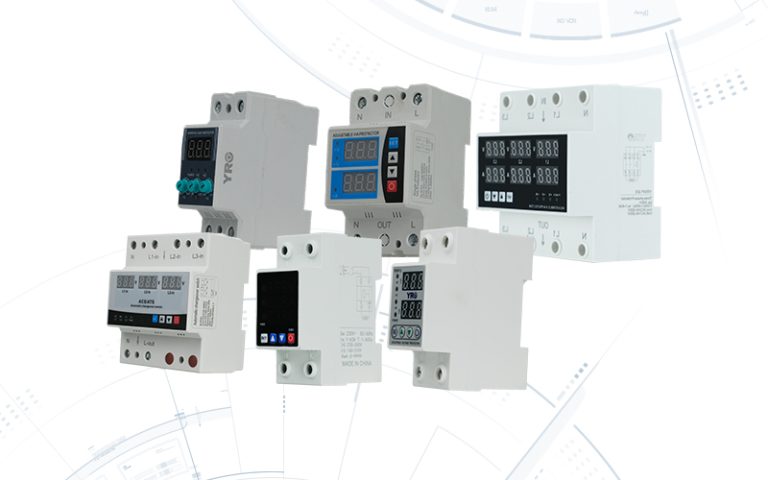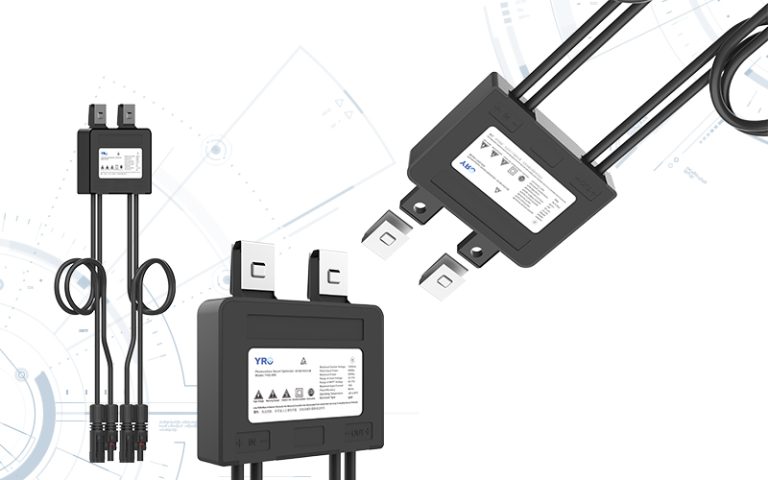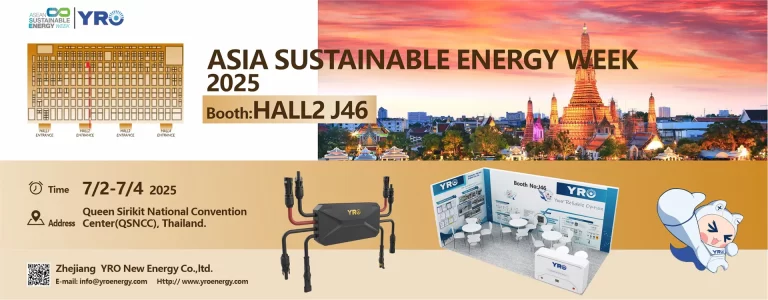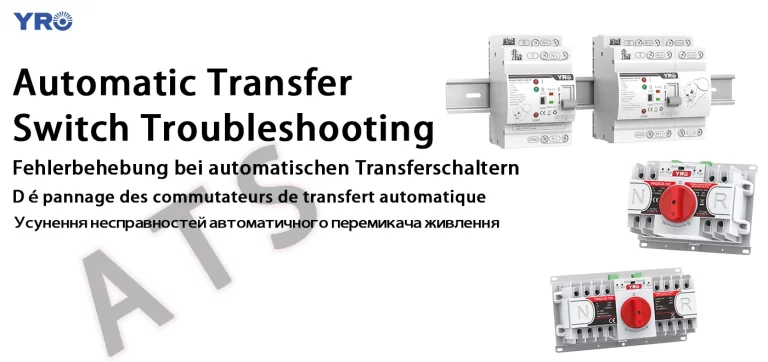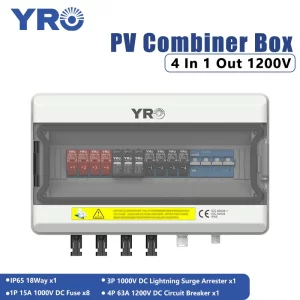In today’s fast paced world, electricity flows through the veins of modern cities, powering industries, businesses, and daily activities. However, with the everpresent risk of unexpected power failures or instability, companies must ensure continuous power supply to critical equipment and loads, which has become a pressing concern. This is where the Automatic Transfer Switch (ATS) takes action. It monitors the power source automatically and, in the event of a fault with the main power supply, swiftly transfers the load from the main source to a backup power source, ensuring seamless operation and preventing disruptions.
Ⅰ. What is the Working Principle of an ATS?
The ATS divides the working principle into three main steps: monitoring the main power supply, detecting faults, and switching the power supply.
1、Monitoring the main power supply
ATS monitors the voltage, frequency, phase sequence, and other parameters of the main power supply in real time through sensors. When the main power supply is normal, the ATS will remain in the main power state, the motor does not work, and the switching device stays in the main power position.
2、Detecting faults
If the main power supply fails, such as in the case of abnormal voltage, frequency deviation, or incorrect phase sequence, the controller of ATS will receive feedback signals from the sensors, detect the failure of the main power supply, and activate the motor.
3、Switching power supply
Once the motor is activated, the switching device will transfer the load from the main power supply to the backup power supply, according to the controller’s instructions. The switching device ensures a fast and reliable switching process through the switching mechanism, to prevent any power interruption to the load during the transfer.
After the switchover is complete, the ATS controller will continue to monitor parameters like voltage, frequency, and phase sequence of the backup power supply to ensure it is supplying power correctly. Once the main power supply is restored, the ATS will automatically switch the load from the backup supply back to the main power source, and return to its normal main power state.
Ⅱ. What Are the Common Working Modes of ATS?
1、Load Side Wiring Automatic Transfer Mode
In this mode, the ATS performs automatic switching between the main and backup power supplies on the load side, without interrupting the power. Both the main and backup power sources are connected to the output terminals. When the main power supply fails or experiences an anomaly, the ATS switches the output from the main power to the backup, ensuring uninterrupted power supply to the load. This mode is ideal for systems requiring continuous power, such as elevators and fire protection equipment.
2、Voltage Control Automatic Transfer Mode
The ATS monitors the voltage of both the main and backup power supplies to control the switching process. If the voltage of the main power supply falls outside a specified range, the ATS switches the output to the backup power supply, ensuring an automatic transfer. This mode is suitable for scenarios where power quality is poor or subject to fluctuations, such as during high demand periods in summer or widespread power outages.
3、Frequency Control Automatic Transfer Mode
In this mode, the ATS monitors the frequency of both the main and backup power supplies. If the frequency of the main supply falls outside the predefined range, the ATS will transfer the load to the backup power supply. This mode is suitable for situations where generators take longer to start, involve complex mechanical switching, or should not be frequently started.
Ⅲ. How Does the ATS Switching Process Work?
The switching process of ATS is a fast and reliable procedure, typically involving the following steps:
STEP 1: Detecting faults
The ATS first detects the state of the power supply, monitoring parameters such as voltage, frequency, and phase sequence. If the main power supply is faulty or unstable, the ATS will immediately detect the change.
STEP 2: Judgment switching
Based on the detected power status, the ATS makes a logical judgment to decide whether a switch is necessary. If the main power supply fails or is unstable, the ATS will opt to switch to the backup power supply.
STEP 3: Disconnect the main power
Once the decision to switch is made, the ATS first disconnects the main power supply, to ensure that the load is not affected during the switching process.
STEP 4: Close the standby power supply
After disconnecting the main power supply, the ATS quickly connects the backup power supply to restore power to the load.
STEP 5: Restore power
Once the backup power supply is successfully connected, power is restored to the load, and the ATS continues to monitor the backup power’s status to ensure its stable operation.
STEP 6: Switch back to the main power
If the main power supply returns to normal, the ATS will decide whether to switch the load back to the main power supply based on preset logic. If the main power supply has stabilized and meets the requirements, the ATS will execute the switching operation and reconnect the load to the main power supply.
Throughout the entire switching process, the ATS typically completes the transition within milliseconds, ensuring continuous power supply to the load. This fast and reliable switching process makes ATS widely used in power systems.
ATS, as a crucial automatic transfer device in power systems, is equipped with multiple working modes to meet the needs of various application scenarios. Its switching process is not only fast and efficient but also highly reliable, effectively preventing any interruptions that may arise due to power source switching, ensuring continuous and stable power supply to the system.
In the future, with the ongoing development and improvement of power systems, the application scenarios for ATS will become even more diverse. Additionally, as technology continues to advance and innovate, the performance and reliability of ATS will also be further enhanced

